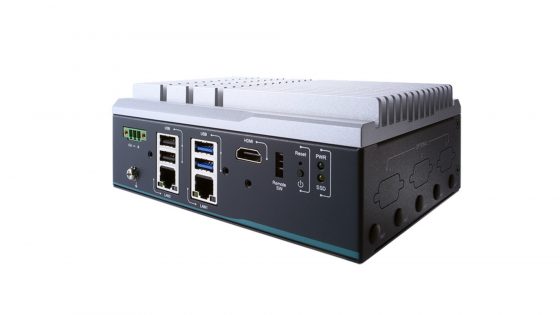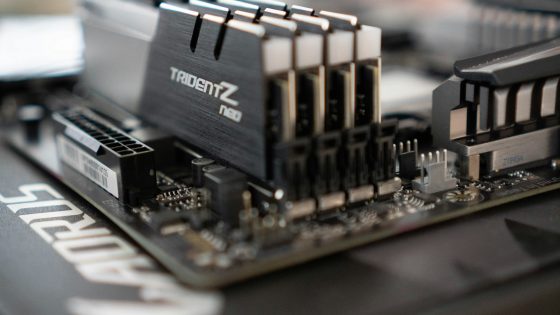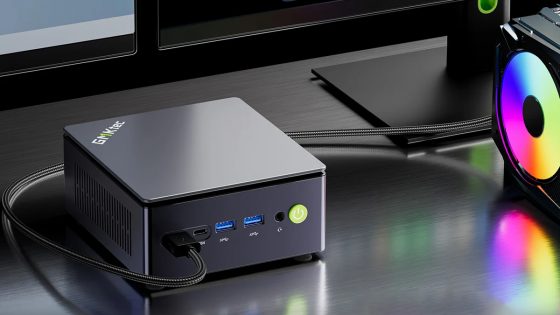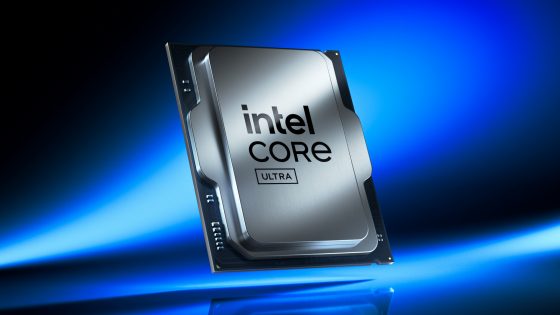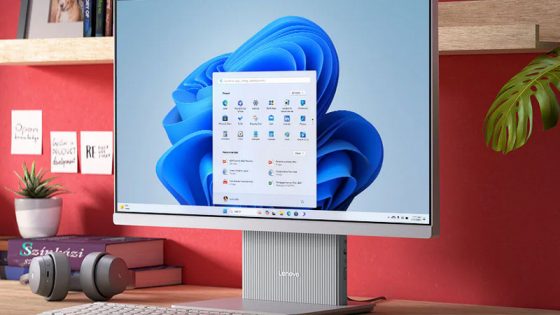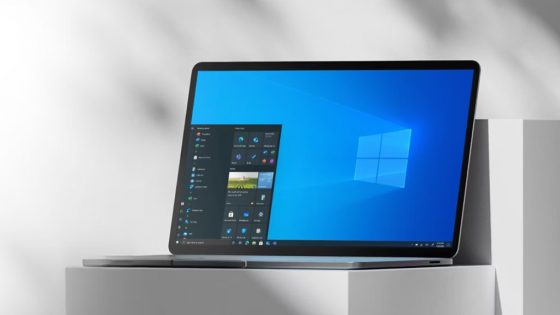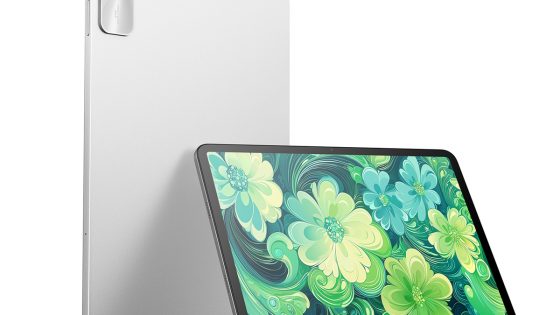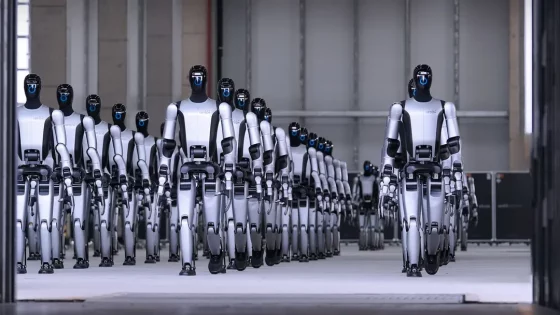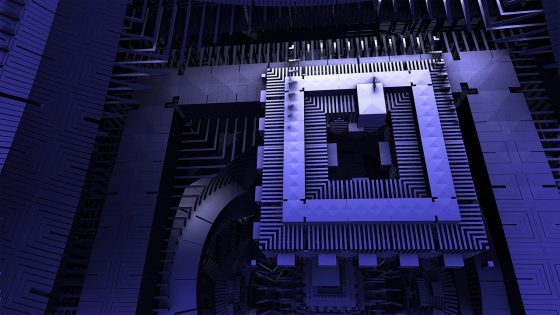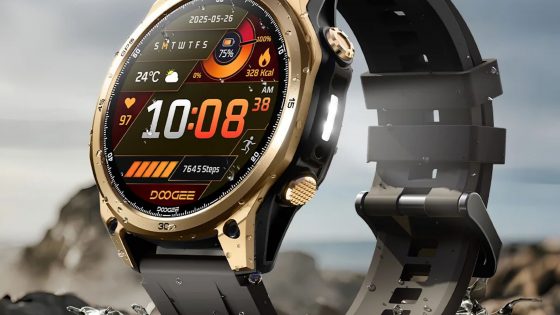Quantum breakthrough in computing from Finland

European scientists have succeeded in connecting a time crystal to an external system for the first time, marking a major step in the development of quantum computing. A team from Aalto University in Espoo, Finland, led by researcher Jere Mäkinen, has published a study describing how they transformed the crystal into an optomechanical system. Such systems could enable extremely precise sensors or memory units for quantum computers.
The experiment was conducted at the Low Temperature Laboratory, part of the national research infrastructure OtaNano, and with the help of the computing capabilities of the Aalto Science-IT project.
Theoretically proposed in 2012 by Nobel laureate Frank Wilczek, time crystals are quantum systems that operate in their lowest energy state without external energy input. In 2021, researchers from Stanford, Google, Max Planck, and Oxford created a time crystal using the Sycamore quantum processor. Later, Delft University of Technology created a crystal inside a diamond.
Scientists from Aalto University have now demonstrated that it is possible to couple a crystal to an external system and tune its properties. They injected magnon quasiparticles into a helium-3 superfluid using radio waves. After the pump was turned off, the magnons formed a time crystal that remained active for up to 108 cycles.
As it gradually disappeared, the crystal coupled to a nearby mechanical oscillator, which depended on its frequency and amplitude. Mäkinen pointed out that this behavior is similar to the optomechanical phenomena used in the detection of gravitational waves at the observatory called LIGO.



